Argentina
Argentina is home to enchanting landscapes and some of the most famous national parks in the world, Torres Del Paine, Iguazú National Park and Parque Nacional Los Glaciares. There is so much to see and do it can be hard to know where to start.
Almost 97% of the country are of European and mixed descent, so a lot of the architecture and food are influenced by this. If you already speak Spanish, be prepared to hear a complete different side of it as they speak the language with a twist and completely different accent. You’ll come across friendly people and good vibes accompanied by grilled meat and cheap wine!
Quick Tips
Visa Requirements
🌿 Eco Friendliness
EPI ranking (based on the Environmental Performance Index) : 74/180
Although Argentina ranks nearly halfway down the EPI ranking, there are great efforts being made in the country to improve their eco-friendliness and create more awareness. There are a wide variety NGOs pushing for this and making a change. These include:
Organic food markets – There are many eco-conscious food markets and shops around the country, especially in Buenos Aires. Services such as El Click and El Galpón offer orders and exchange of organic food which in turn minimises food waste and you also get to try foods you may have never heard of before!
Anda tourist agency – They promote responsible tourism and offer tours around Argentina to contribute towards communitarian projects to allow visitors to learn more about the local culture.
#VidaSinSorbete – An NGO movement pushing to ban single-use plastic straws in bars and restaurants. They have been very successful in doing this, with many restaurants in the bigger cities using this hashtag and creating social awareness
Safety Rating – 7/10
Female Friendliness
Best time to go
Things to See and Do in Argentina
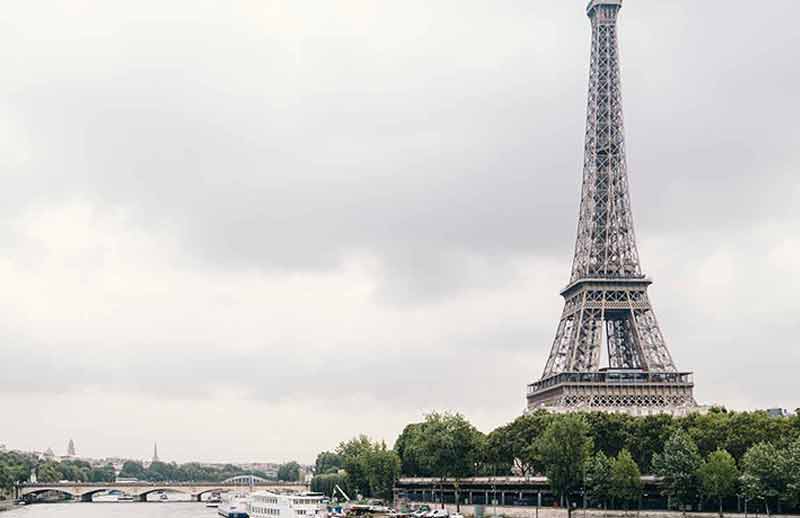
“The Professional Hobo”
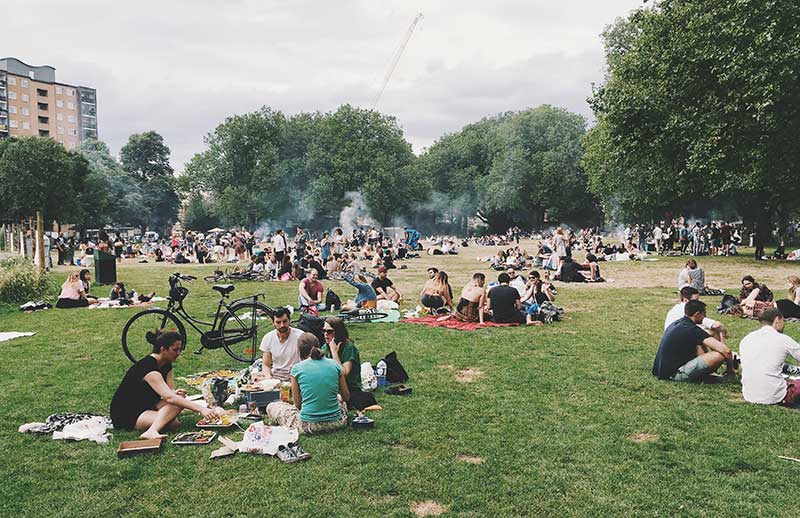
“Never Ending Footsteps”
Typical Costs When Travelling
Accommodation
Food (per meal)
Local Transportation
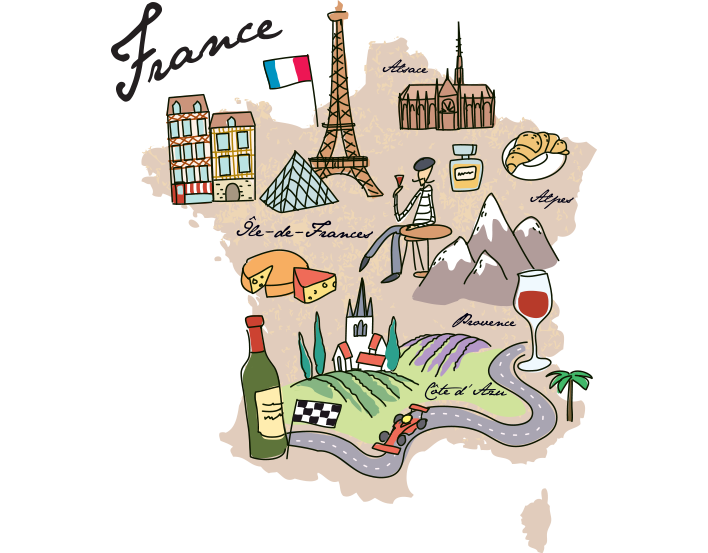
Suggested daily budget
Money Saving Tips
Helpful Tips
- Because of the vastness of Argentina, it’s very convenient to hire a car and drive from one region to another. As mentioned previously, sometimes you will get stopped in certain areas because:
a) They’re either just doing random checks
b) They see you’re a tourist in a rental car and see the opportunity to scam you The rental cars in Argentina all come with an extinguisher in the front seat. When you hire your car, check the expiry date on it because if you get pulled over and they see that it has expired they could give you a hard time and try to fine you. They tried to fine us 20,000 pesos which is the equivalent of £243! (value correct at the time of writing).
- If you do intend on hiring a car, check on your government website whether you need an International Drivers Permit. They didn’t check this when we hired any of our cars, but it did mention it on the website so it’s definitely worth bringing just incase.
- If you plan on camping in any of the national parks, check whether they allow fires to have a BBQ. If not then you’ll have to plan your food accordingly.
- If you are driving to Torres Del Paine from Argentina into Chile, you are not permitted to bring meats, fruit, flowers or dairy products past the border. These can be bought from a local shop once you’re in Chile.
Sorry, no posts matched your criteria.







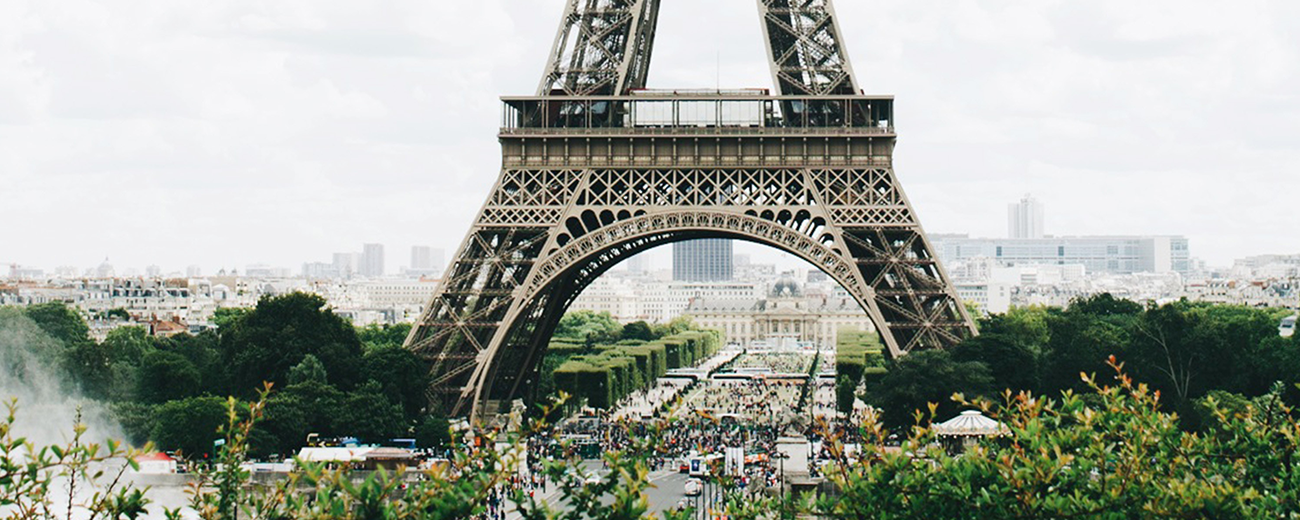
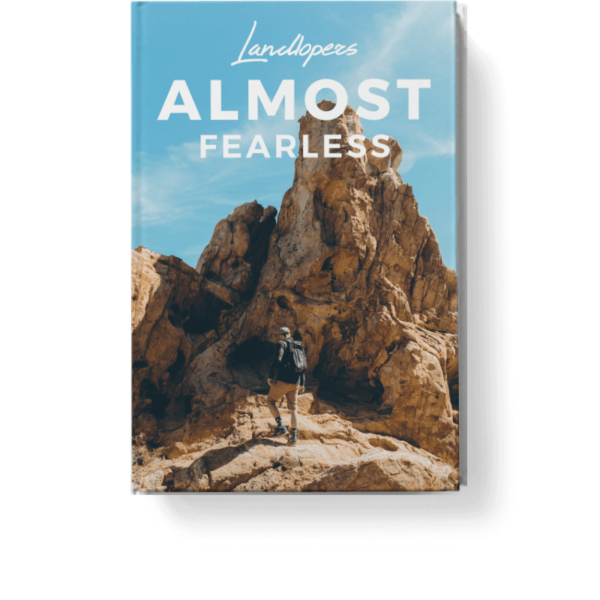
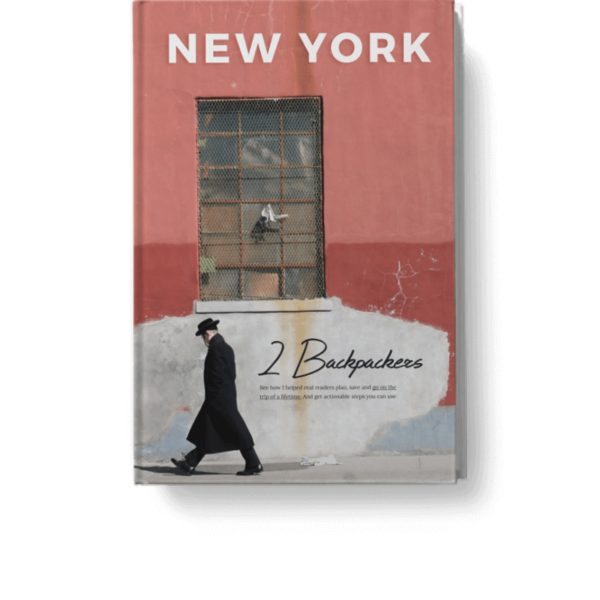

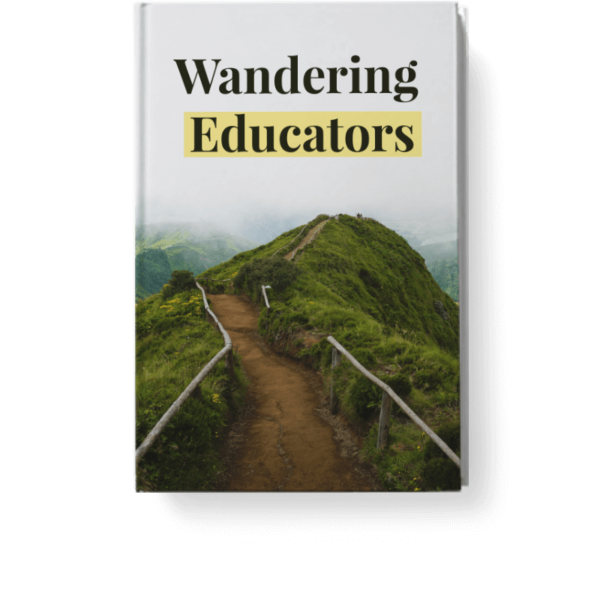

online pharmacy
I would like to thank you for the efforts you have put in penning
this website. I am hoping to check out the same high-grade blog posts from you later on as well.
In fact, your creative writing abilities has inspired me
to get my own blog now 😉
Paper Pelicans
Hey! Thank you so much for your kind words and i’m glad to it inspired you to start your own blog! Let me know if you need any tips because I started on my own from stratch and made a lot of mistakes along the way that could have been avoided if I had someone guiding me! 🙈